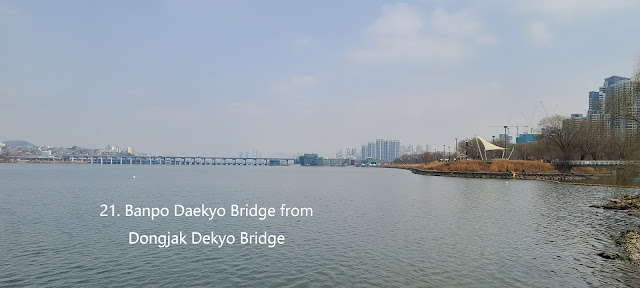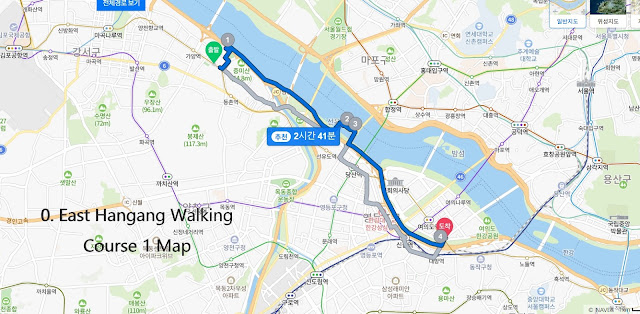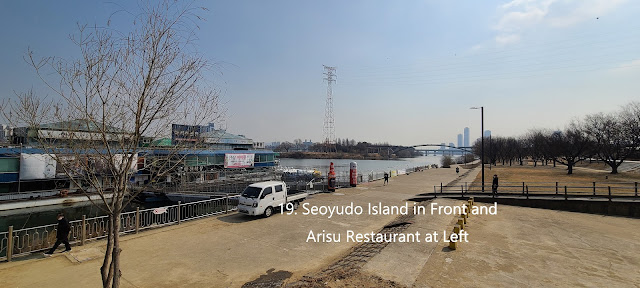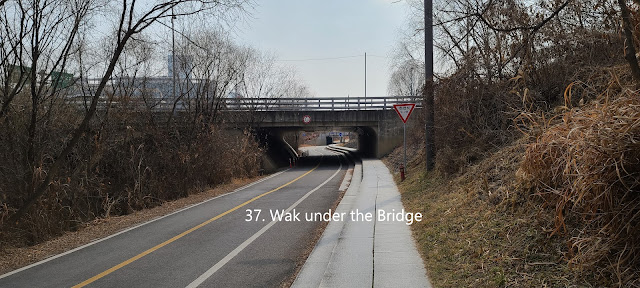Sales Volume was recorded last year as WKW 3.7 trillion equivalent to US$ 3 billion in 2017. Major market leaders like Chamisul brand and Cheoeumcheoleom brand are taking majority as about 70%. While other brands based in country area were somewhat losing their market under major brand’s aggressive sales market.
Soju is typical and representing liquor to Korea which was principally distilled but nowadays changed to blending Soju. We call distilled Soju as traditional Soju and blending Soju as public Soju. Soju Sales result was turned out as 3,601,513 bottles based on 360ml botte in 2017, the Distribution Industries announced. This means Korean drinking about 70 bottles per head. This last year result was increased by 96,054,090 bottles and KRW 97.5 billion equivalent to US$ 81.25 thousand comparing to 2016. Please find followings are top 6 major shareholders highly ranking at local Soju market in 2017.
1st Position: Chamisul Soju
Brand by Hitejinro Co., Ltd.
This
Soju has been produced in 1998 through four times filtering process with bamboo
charcoal in order to reduce hangover element in the alcohol which is introducing
as Fresh (16.9% alcohol) and Classic (20.1% alcohol). Any artificial raw materials
or additives are not used but pure natural raw material and additives for the
production. This Soju was sold in 2016 as 18,116,640 bottles which could be converted
into KRW1,840,100,000,000 equivalent to US$ 9.2 billion which turned out as top
position at local Soju market and taking market share more than half.
2nd Position: Cheoeumcheoleom
Soju by Lotte Chilseong Co., Ltd.
This
Soju was introduced in 2006 by Doosan Doosan Liquor BG in Changwon City and
sold and transferred to the Lotte Chilseong in 2009 which is still producing by
Lotte Chilseong as a representing Soju brand. There are two brand series as
Jihancheoleom (20% alcohol) and Cheoeumcheoleom (16% alcohol) which means as “Gentle
as the begining” and cocktailed Soju with fruit juice like peach or citron or
lime or apple. This Soju was sold in
2016 as 634,342,920 bottles which could be converted into KRW638,500,000,000
equivalent to US$ 532 million which turned out as 2nd position at
local Soju market and taking market share as about 17.5%.
3rd Choeumday Soju by Mukak
Co., Ltd.
Muhak
was found in 1929 in Masan City, southern area of Korea and started to
introduce Whit brand Soju, 19% alcohol. But Muhak launched sister brand as Joeunday,
16.9% alcohol in 2006 taking into
account drink trend changing to light Soju. They later launched cocktail brand
Joeunday as Red, Blue , Yellow and Pink in reference to competitor’s success of
Cheoeumcheoleom cocktail Soju. This Soju was sold in 2016 as 463,800,000
bottles which could be converted into KRW 463,800,000,000 equivalent to US$ 387
million which turned out as 3rd position at local Soju market and taking market
share as 12.74%.
4th Charmsoju by
Kumbokju Co., Ltd.
Samsung
Musan produced Soju in Daegu City in 1958 and changed to company name as
Kumbokju in 1975 which was merging several Soju companies around Daegu and
moved their factory to Jangdong in Daegu. There are series of Charmsoju as Sunhan
Charmsoju (16.9% alcohol), Charmsoju Original (17% alcohol) and Masineun. Charmsoju
was sold 268,050,000 bottles in 2016 which could convert into KRW272,300,000,000
equivalent to US$ 227 million which turned out as 4th position at
local Soju market and taking share as 7.41%.
5th Position : Ijewoolinn
by the Mckisscompany Co. ltd.
Mackiss
Company has become the representative liquor company of Chungcheong Province since
its establishment in 1973 under the name of Sunyang in 1974. Mackiss Company is
the new name of Sunyang which combines Energy and Kiss. It means, "Let's
do something that connects people and people happily. They firstly introduced blended
Soju as O2 Linn (16.5% alcohol) which was later changed its brand name to Ijewoolinn
(16.5% alcohol) in 2018.They are presently producing three different brand Soju
as Ijewoolinn (16.5% alcohol), Linn21
(21% alcohol) and Sarak (33% alcohol). Charmsoju was sold 125,010,000 bottles
in 2016 which could convert into KRW127,000,000,000 equivalent to US$ 106
million which turned out as 5th position at local Soju market and taking share
as 3.46%.
6th Position: Ipsaeju
Soju by Bohae Co., Ltd.
Bohae
was found in 1950 in Mokpo City, southern area of Korea and started to
introduce Ipsaeju brand Soju, 17.8% alcohol in 2002. Thereafter they launched
sister brand as Ipsaeju Brothers, 16.3% alcohol taking into account drink trend
changing to light Soju. This Ipsaeju Brothers is become more major Soju
position in Bohae time by time. Ipsaeju Soju was sold 117,360,000 bottles in
2016 which could convert into KRW119,300,000,000 equivalent to US$ 99.5 million
which turned out as 5th position at local Soju market and taking share as 3.25%.




























































































